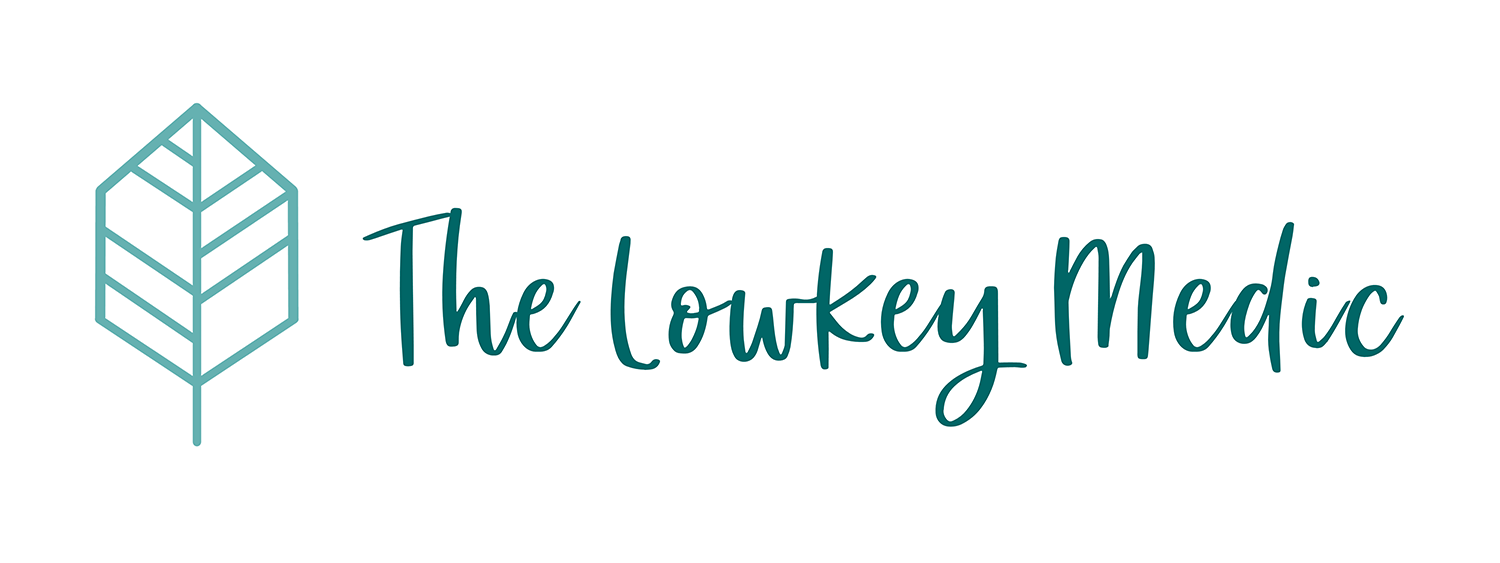Sorry for a long hiatus! Back to share a little about our clinical rotations in Year 4.
🚑 What Emergency Medicine Posting is Like
Emergency Medicine (EMed) is very different from any Internal Medicine or Surgery postings. We’re at the Accident and Emergency (A&E), a unique part of the hospital that receives patients with acute presentations.
You can imagine here is where the paramedics bring people in by ambulance. Road traffic accidents, cardiac arrests, etc. all come through this door. This is the most happening part of the ED (what we call “P1”). This is where there are beds and action and where cardiac arrest and trauma resuscitation happens.
There are actually also patients who come in on their own for acute but less serious presentations (e.g., giddiness), who are triaged to go to P2 instead. This is essentially like a clinic, where patients have a sit-down consult with the doctor and undergo further tests or management from there.
EMed is shiftwork, so we are either on AM shift (8am-4pm), PM shift (4pm-11pm), or Night shift (11pm-8am). EMed is also the one posting where we are expected to be in the hospital on the weekends (if we have shift on that day).
😊 The Best Parts About Emergency Medicine Posting
1️⃣ Hands-on in the ED. EMed is the most hands-on posting I’ve had. Setting IV plugs and taking blood is a daily norm. Sometimes we get to perform CPR on cardiac arrest patients, prepare medications, intubate (if lucky), perform urinary catheterisation, and suture skin lacerations. I really loved the hands-on nature of it.
2️⃣ Getting to see conditions presenting acutely. In internal medicine and our other postings, often patients would have chronic conditions (e.g., diabetes, chronic kidney disease). Most of the time they are stable when we see them. In EMed, you really get to see patients coming in with acute myocardial infarction (heart attack), acute pulmonary oedema (fluid in the lungs), diabetic ketoacidosis (a complication of diabetes), etc. It’s very, very eye-opening and it makes me want to do an EMed posting again.
3️⃣ Overall, the learning. Building on the previous point, the learning we got in EMed was amazing. Besides getting to see all these conditions, we also had amazing doctors who’d teach us along the way. Sometimes they’d give us a mini tutorial or show us some scans when we had a lull in the patient influx. We also had simulations which were extremely useful. (These are practice sessions where we are given a scenario and have to react. There’s a mannequin patient with heart and lung sounds and can groan etc.)
😔 The Not-So-Great Parts About Emergency Medicine Posting
1️⃣ Night shifts and weekends. Of course when we start working as doctors we all have to do calls and work on weekends. But as a med student, this is the only posting where we’d have to sacrifice our sleep and our weekends. (I thought it was fine though!)
2️⃣ Little time (and energy?) to self-study. EMed can be quite shag. You’re on your feet for 8 hours straight. Once your shift ends you think, “okay I should study now”. But first you need to get food (whatever your next meal is when your shift ends) and get yourself home. By the time you get home you’re too exhausted and drained to focus on anything. And often it’s also time to sleep. And then you repeat everything again the next day. It was an intense posting.
📝 Impressions of Emergency Medicine as a Specialty
One of my friends said to me, “Before med school, this was what I thought all doctors did.” To which I laughed, but well, I guess it’s true. This is where the ‘action’ happens. It’s really not all ‘action’ though, especially P2 (read above) is really more like running a clinic.
I actually love the breadth of EMed. Since EMed physicians deal with a wide spectrum of acute presentations, which can be anything, they need to have a wide knowledge base. However, they don’t need to have deep or specialist-level knowledge of any particular area. The most important is immediate management and workup, and knowing how to triage and refer to the right specialist. If you want to specialise and really go deep in a certain field, then EMed may not be for you.
I guess the ‘sense of adventure’ stereotype is kind of there? We had a consultant who was sharing with us about her trip to Ecuador and the Galapagos Islands and I vibed so hard with her.
EMed is also quite amenable to humanitarian medicine and MSF work. One of our consultants went on a service trip to Chiang Mai when we were there. Last year I had also attended a sharing by an EMed physician who did stints with the MSF in South Sudan and Syria.
🖼️ Example of Something You Might See in Emergency Medicine

As med students we’re all ready to jump on and start doing CPR right? But 9 times out of 10, cardiac arrest patients come in with this contraception already strapped to their chest. The one we have looks slightly different, but anyway the device just keeps pumping HARD on the chest.
(Image source: NHS)


